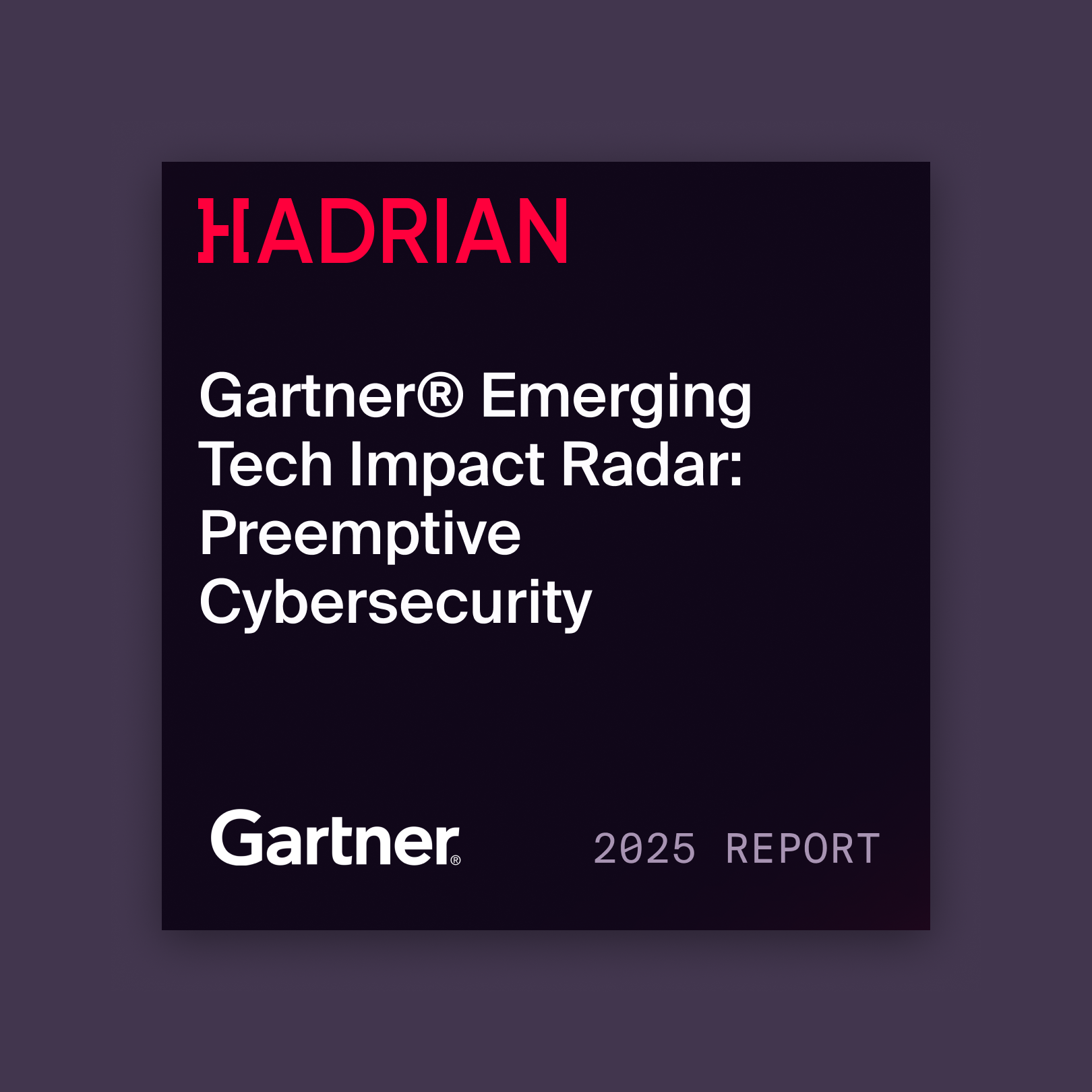
The traditional security mindset, relying on periodic assessments, is failing to keep pace with modern threats.
According to research by PwC, there were 31% more vulnerabilities disclosed in 2024 than in the 12 previous months, and a 20% increase in active exploitation. As the complexity of digital supply chains increases, organizations’ attack surfaces are growing. At the same time, malicious actors are employing increasingly sophisticated methods to infiltrate corporate networks and digital assets.
In today’s threat environment, checking for vulnerabilities every now and then isn’t enough. Instead, an always-on approach is critical to proactive defense. To stay safe, modern businesses need continuous penetration testing.
Limitations of traditional pentesting
While manual penetration tests are valuable for deep dives, they are inherently point-in-time snapshots. Any findings become outdated quickly as threats evolve. Once the gold standard for cybersecurity professionals, manual pentesting can’t alone meet the security needs of major businesses.
New assets and configurations appear daily, creating fresh exposures overnight. While numbers vary, it’s estimated that the average small business with 500 or fewer employees makes use of 172 applications. Mid-market companies, meanwhile, have 255 apps on average, while large enterprises utilize an average of 664 apps. Each one of these apps, the connections between them, and the broader business network, as well as now-obsolete solutions that may still be lurking within a network, have to be safeguarded.
And it’s not just the scale of the digital ecosystem that means traditional pentesting is no longer fit for purpose. The speed of threats has significantly increased, too. Attackers now operate at machine speed, often exploiting newly disclosed vulnerabilities within minutes or hours of public disclosure. Last year, for example, 23.6% of KEVs were exploited on or before the day they were publicly disclosed on the Common Vulnerabilities and Exposures list. A periodic test simply cannot match this velocity.
Unmanaged assets are another issue that manual penetration testing struggles to deal with. Shadow IT and forgotten assets can escape traditional visibility, leaving critical blind spots that persist between assessments. This is especially true as organizations’ tech stacks have ballooned. Gartner reports that by 2027, as many as 75% of employees will use technology lacking the explicit approval of IT departments. If these systems and solutions are unknown, continuous penetration testing represents the only way security teams will identify them, as well as any hidden vulnerabilities they may contain.
What is continuous penetration testing?
Continuous penetration testing is an automated, always-on process that constantly identifies, validates, and prioritizes exploitable exposures across an organization's external attack surface. While manual penetration testing asks in-house security experts or third-party ethical hackers to take a hands-on approach to defense by probing networks and simulating cyberattacks, continuous penetration testing is an ongoing process combining automated tools and human expertise.
Some of the core principles of continuous penetration testing are:
- Always-on: Continuous penetration testing is not a one-time event, but an ongoing process.
- Automated: It leverages agentic AI technologies to scale efforts beyond human capacity.
- Adaptive: Responds in real-time to changes in the attack surface, such as new deployments, supply chain developments, and configuration changes.
Although the frequency of manual pentests varies by industry and individual company, typically these are conducted annually or every six months. By contrast, continuous penetration testing is always taking place, with feedback and results shared in real time. The two approaches also vary in scope. While manual penetration testing will have a set remit based on a fixed number of digital assets, continuous penetration testing has a dynamic field of vision. And finally, there is also a difference in terms of depth. Automated approaches can provide continuous contextualization and validation of vulnerabilities. Manual pentesting simply gives a snapshot of an organization’s threat landscape at any one time.
{{cta-automated-pentest}}
The imperative for continuous validation
Given that manual pentesting no longer offers the best protection, many security teams are switching to solutions that provide continuous scanning. Firstly, this helps close the exposure window, drastically shrinking the time between an exposure's appearance and its detection and remediation. This significantly reduces the time attackers have to exploit a vulnerability. Rather than businesses waiting around until the next scheduled manual test, continuous penetration testing resolves issues as soon as they are discovered and validated.
Continuous penetration testing also provides proactive threat exposure management. As a core component of a modern Continuous Threat Exposure Management (CTEM) program, continuous penetration testing moves organizations from reactive detection to proactive prevention. As mentioned in our AEV ebook, it relies on analyzing an organization from the outside in, simulating adversary behavior using real-world attack techniques, tactics, and procedures (TTPs). Continuous penetration testing doesn’t wait for cyberattackers to strike; it closes down defensive gaps immediately by thinking just how they do.
In the way that it counters AI-driven adversaries, continuous pentesting also remains relevant for modern-day exploits. Continuous penetration testing leverages AI to match the speed and scale of modern threats. McKinsey & Company has described AI as “the greatest threat—and defense—in cybersecurity today.” Simply put, AI-driven attackers demand an AI-driven defense.
{{cta-aev}}
Key benefits of continuous penetration testing
There are several benefits for organizations that adopt continuous penetration testing, such as:
- Always-on visibility: It provides a comprehensive, real-time, and continuously updated map of the entire external attack surface, ensuring nothing is missed.
- Reduces exposure window: Continuous penetration testing enables faster identification and remediation of exploitable exposures, minimizing the time attackers have to compromise systems.
- Efficiency and scalability: It automates repetitive and resource-intensive testing tasks, allowing human security teams to focus on more complex, strategic initiatives.
- Actionable insights: Delivers only validated, exploitable exposures with clear proof-of-concept steps, drastically reducing false positives and alert fatigue.
- Improves security posture: Builds continuous resilience, allowing organizations to maintain a strong, verified security posture over time, even as their environment evolves.
Manual penetration testing may have served the cybersecurity field well for a number of years, but the threat landscape has evolved significantly of late. Cloud computing, AI, and widespread digital transformations have meant that businesses now face more threats than ever, have to react faster and faster, and still face competitive pressure to continually update their tech stack. In such an environment, it is simply not practical for cybersecurity staff to remain a step ahead of attackers through manual processes. This is when continuous penetration testing is needed.
Hadrian’s real-time, event-driven testing, leveraging the latest AI solutions, allows businesses to identify their truly exploitable vulnerabilities and eliminate blind spots before attackers can strike. Just because the threat landscape is growing, don’t simply add more items to your security team’s to-do list; make use of an automated, proactive, always-on approach to safeguard your assets.






